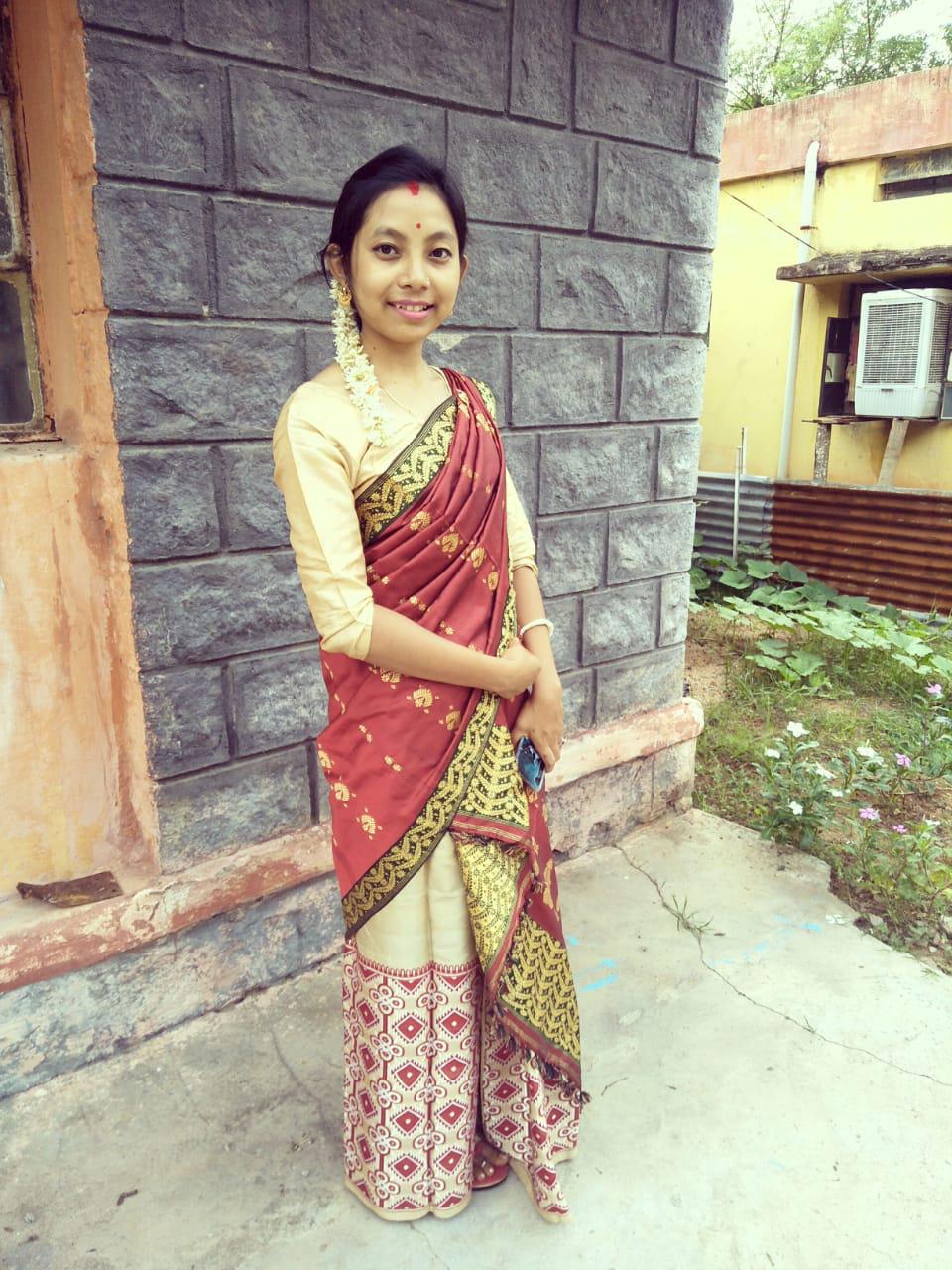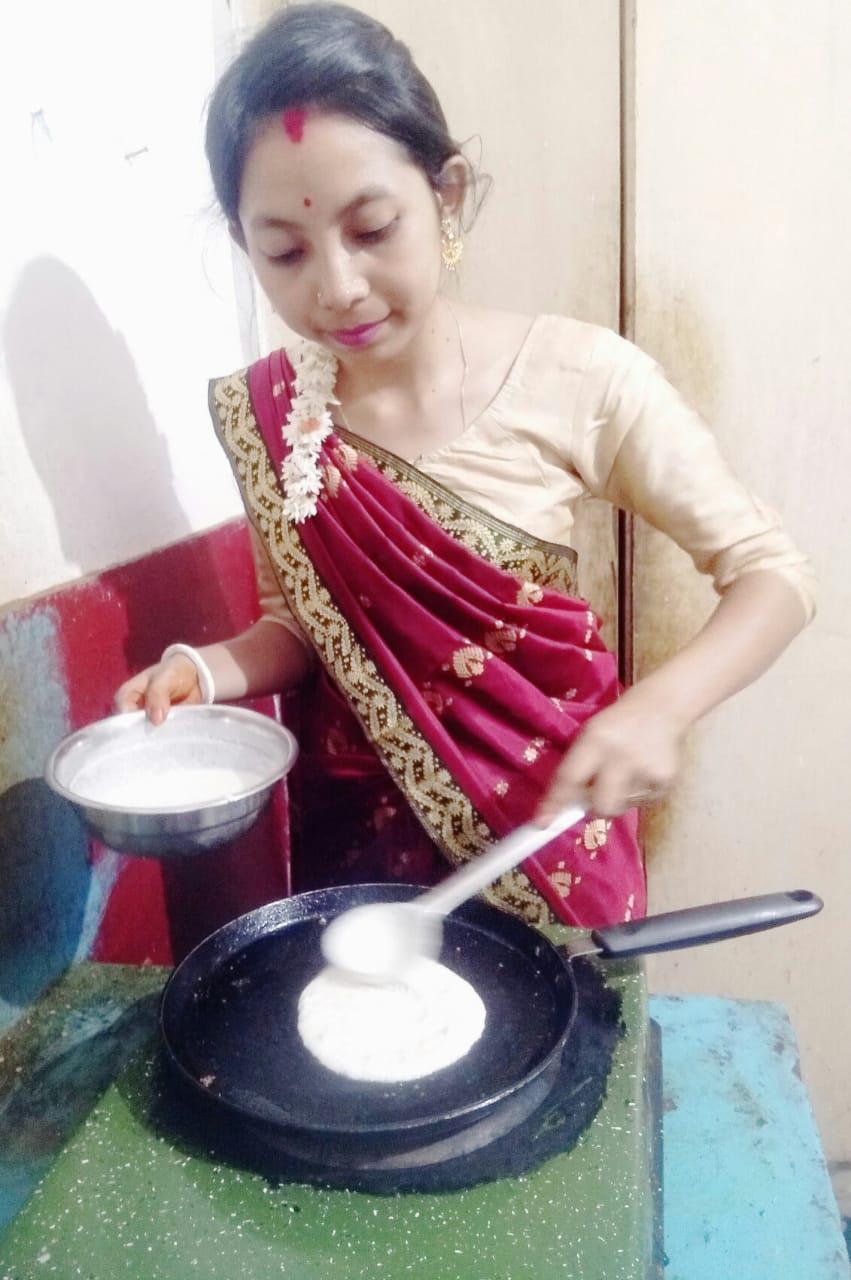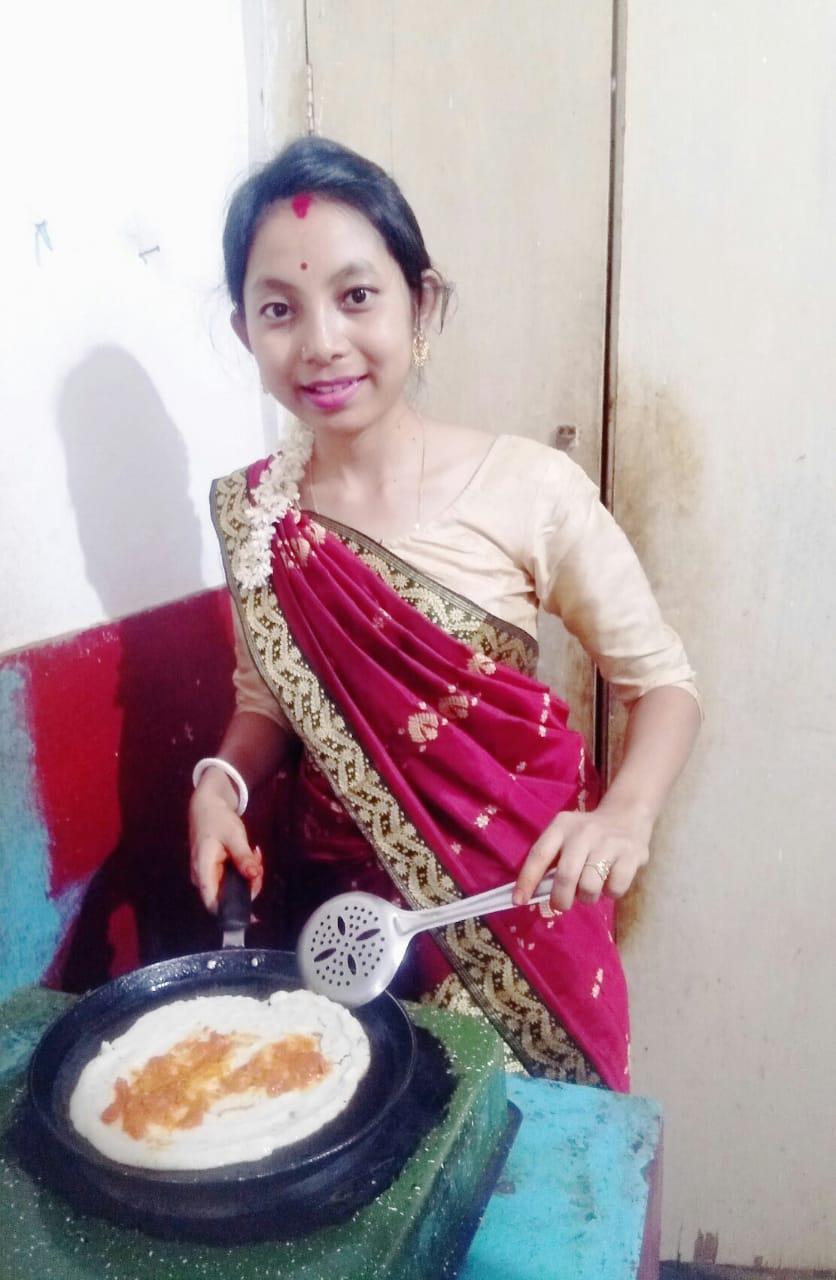When Northeast meets South!
Cultural worlds are fluid and always evolving, as humans keep moving towards light & beauty. Assimilation and migration are intrinsic to any society.
Assamese culture is the synthesis of the culture of various groups of people from the hills and plains, of rivers and wastelands, of tea gardens and mountains and traditions!
Most Indians generally identify Assam with: Assam Tea, Brahmaputra river, Kaziranga National Park and Dr Bhupen Hazarika.

In a lighter vein, for local Assamese three “pani”s (water) highly influence the economic and cultural existence of the Assamese: “chahpani”or hot black tea “saajpani” which is the local alcoholic brew from rice and “baanpani” the floods!
The river Brahmaputra paves its way through the state of Assam like the lifeline of the state. Brahmaputra literally means ‘Son of Brahma’ and one of the few rivers in India which is regarded as a ‘male’ river.
In Assam, Brahmaputra River is also known by several other names i.e. ‘Luit’, ‘Siri Luit’, ‘Bor Luit’ ‘Bor Noi.’
For the people of Assam, the Brahmaputra is a symbol of great pride due to its size but at the same time ignites fear during the devastating floods. People of Assam have faced difficult times when the river has come to its full strength.

But this river is also the source of strength for the people of Assam. Time and again, they have expressed their unity as ‘Luitporia’ or ‘people from the banks of Luit.’
The famous cultural icon of Assam, Jyoti Prasad Agarwala wrote in 1942 during Indian Freedom movement “Luitor parore ami deka lora, moriboloi bhoi nai (we are the youth from the banks of Luit, and we don’t have any fear of death.)”.
For another legendary cultural icon, Dr. Bhupen Hazarika who is known as the bard of Brahmaputra, the river’s power of destruction was the source which will awaken the people. In his famous song “Bistirno parore,” he asked the river – “Sahasro barishar, unmadonar, avigyotare, pangu manobok sawal songrami aru agrogami kori nutula kiyo (with your maddening experience of thousand monsoons, why don’t you arouse the disabled human beings for struggle and progress?)”.
Anyone who has left their homeland to live in another country will understand how difficult it is, despite the better opportunities.A sense of loss and longing, redolent with nostalgia is always in the background.

And what about those that leave both their homes and many times their homeland? Yes, we are talking about women! After marriage, a girl traditionally is considered to have ‘left’ her home for the new one of her husband.
Everyone tells her that from that day she belongs to her new family. She stops being her parents’ daughter first;rather she now is a wife first. Despite the love, support and respect she may get, something changes irrevocably.That version of her had an expiry date.
Eleanor Roosevelt’s famous words "A woman is like a tea bag; you never know how strong it is until it's in hot water.”
Women though considered the weaker sex, are actually the stronger ones. Nature gave them a tough but beautiful role-- not only that of bringing forth new life but also nurturing constantly. Faced with big challenges as well as little, women all over the world, adapt and stitch various aspects/parts of their lives seamlessly.
Meet 23 year old Niranjita Gogoi from Assam. From the lush, verdant greenery of this beautiful state in North East, with its striking culture and deep ethnic heritage, she moved with her husband to the deep South immediately after her marriage, two years back.

She could only speak Assamese,loved dancing the bihu and listening to the songs of Zubeen Garg. Her way of eating was characterized by minimal use of spices, little cooking over fire and strong flavors due to the use of endemic exotic fruits and vegetables that are either fresh, dried or fermented.
However, this young girl, used to khar (a class of dishes named after the main ingredient), and tenga(a sour dish) , being served in bell metal utensils made by the indigenous Mariya community and finishing off with Tamul (raw betel nut) now is adept at making dosas!

Not only does she love coconut oil now, but she insists on having rice with ‘rasam’ ‘milgai podi’ powder! And the art of being beautiful and feminine flows from the typically South Indian custom of wearing flowers in the hair daily-- little garas of mogra and kanakabaram. She is not just ‘surviving’ but rather she is ‘thriving’ bringing to mind Maya Angelou’s words “My mission in life is not merely to survive, but to thrive; and to do so with some passion, some compassion, some humor, and some style.”
The beauty and power of this young Assamese girl’s experience is that when she goes back to her homeland, she will leave part of herself in her current adopted homeland--thus, she weaves intangible threads/bonds of integration which tangibly makes our nation one of the greatest democracies exemplifying and epitomising unity in diversity.
Karuwaki Speaks salutes this young girl and millions like her, who stand strong-stand proud-stand beautiful in various not-so-easy scenarios in life.
Comments (1)
